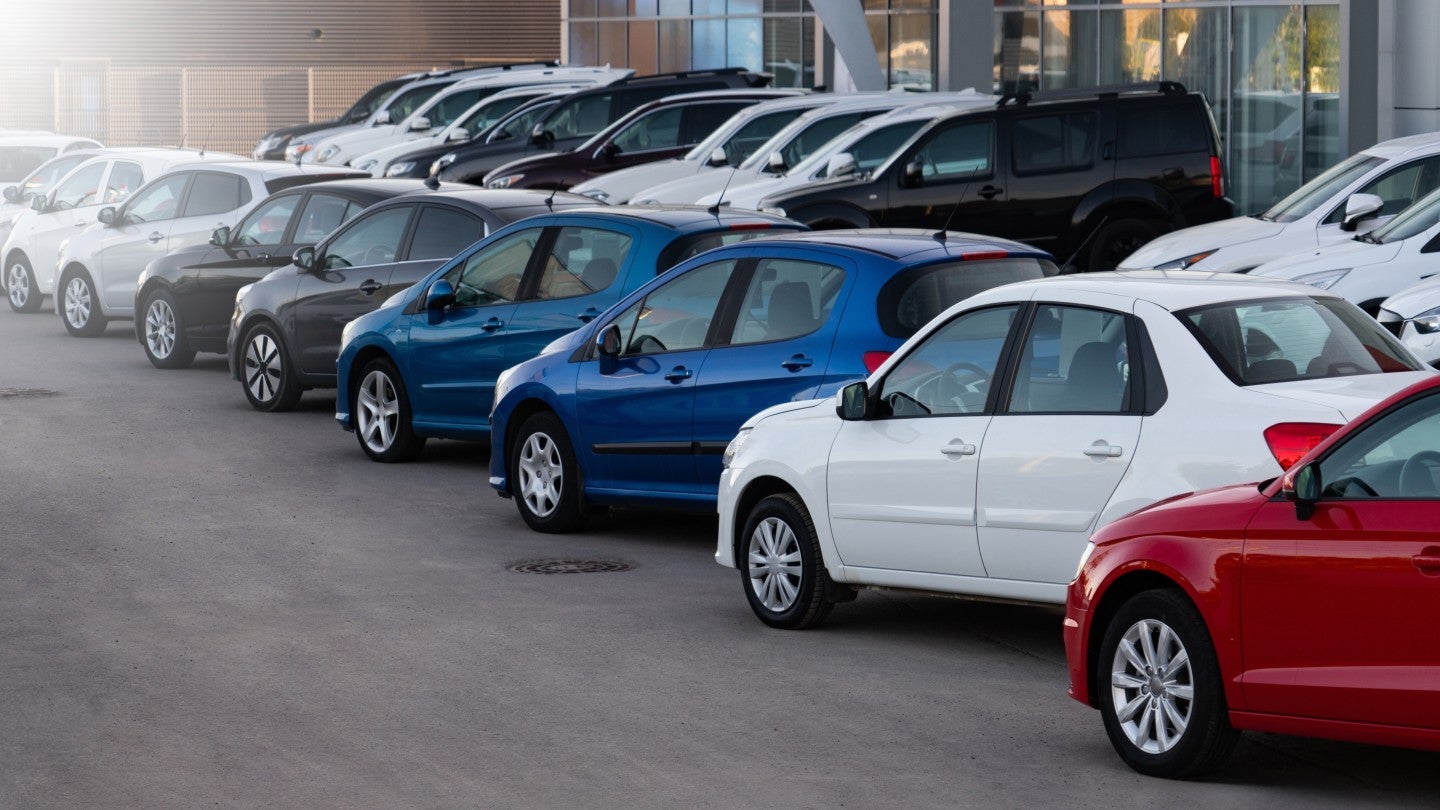Purchasing a used car can be a smart financial decision, offering you the chance to own a reliable vehicle without the heavy depreciation that comes with buying new. However, finding a good-value used car requires thorough research, strategic planning, and a careful evaluation process. Here’s how to ensure you get the best deal:
1. Define Your Budget and Needs
Before you start browsing, determine:
- Your Budget: Consider the total cost, including taxes, insurance, and maintenance. A good rule of thumb is to spend no more than 15-20% of your monthly income on car payments (if financing).
- Your Needs: Identify the type of car that suits your lifestyle—whether it’s a compact for city commuting, an SUV for family trips, or a truck for work.
2. Research Models and Market Prices
- Reliability Ratings: Check reviews from trusted sources like Consumer Reports or the internet for models known for their dependability.
- Ownership Costs: Look into fuel efficiency, maintenance costs, and insurance premiums.
- Market Prices: Use platforms like Autocar, zigwheels, or overdrive to get an idea of fair market prices for the models you’re considering.
3. Choose the Right Platform to Buy
- Dealerships: Offer certified pre-owned (CPO) vehicles with warranties, but prices might be higher.
- Private Sellers: Often cheaper but come with fewer guarantees.
- Online Platforms: Websites like Carvana, Craigslist, and Facebook Marketplace provide a vast selection. Always vet the sellers carefully.
4. Inspect the Vehicle’s History
Request the Vehicle History Report (via Carfax or AutoCheck) to check for:
- Accidents or major repairs.
- Odometer discrepancies.
- Title status (ensure it’s clean, not salvaged or rebuilt).
- Maintenance records (consistent upkeep indicates a well-cared-for car).
5. Conduct a Thorough Inspection
Even if a car seems perfect on paper, an in-person inspection is vital.
- Exterior: Check for dents, rust, mismatched paint, or uneven panel gaps.
- Interior: Look for wear and tear on seats, carpets, and dashboard. Test all electronics, including lights, air conditioning, and audio systems.
- Under the Hood: Examine for leaks, corrosion, and the condition of belts and hoses.
- Tires: Ensure even tread wear and no cracks or bulges.
6. Take a Test Drive
A test drive reveals potential mechanical or comfort issues. Pay attention to:
- Braking and Acceleration: Smooth response without unusual noises.
- Steering: No vibrations or pulling to one side.
- Suspension: A comfortable ride over bumps.
- Transmission: Seamless gear shifts.
7. Get a Professional Inspection
Hire a trusted mechanic for a pre-purchase inspection. They can uncover hidden issues that could become costly later. Spending $100-$200 on this inspection can save you thousands.
8. Negotiate Smartly
- Leverage Your Research: Use market data to justify your offer.
- Point Out Flaws: If the car needs minor repairs, ask for a price reduction.
- Set a Walk-Away Price: Know the maximum you’re willing to pay and stick to it.
9. Finalize the Purchase
- Verify Paperwork: Ensure you receive the title, bill of sale, and any warranty documentation.
- Transfer Ownership: Register the car and update insurance before driving it.
- Keep Records: Maintain all paperwork for future resale or reference.
10. Look Out for Red Flags
- Unusually Low Prices: May indicate scams or hidden issues.
- Pushy Sellers: A reputable seller won’t rush you into a decision.
- Inconsistent Details: If the seller’s description doesn’t match the vehicle history report or in-person inspection, proceed cautiously.
Conclusion
Finding a good-value used car is about balancing cost with quality. By doing your homework, inspecting vehicles carefully, and negotiating effectively, you can drive away with a car that meets your needs without stretching your budget. Remember, patience and diligence are your greatest allies in this process.

